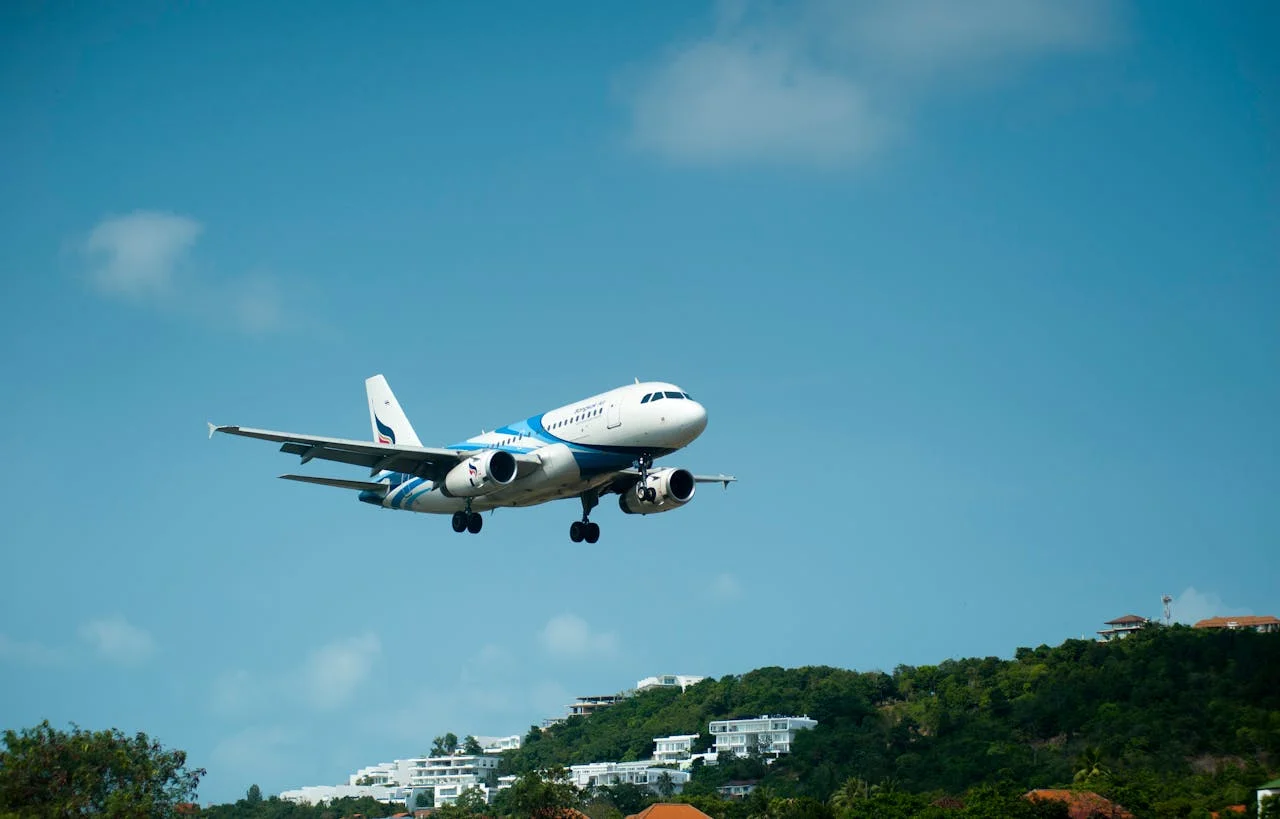
Textron Aviation recently announced the successful first flight of its Cessna Citation CJ4 Gen3 prototype, which took place in early October. This milestone coincides with the company’s introduction of three new Gen3 models at the National Business Aviation Association – Business Aviation Convention & Exhibition (NBAA-BACE) in Las Vegas. The new aircraft—Citation M2 Gen3, CJ3 Gen3, and CJ4 Gen3—are the latest additions to the Citation light jet family, known as the world’s most popular line of business jets.
The Cessna Citation CJ4 Gen3, designed and manufactured by Textron Aviation, a Textron Inc. (NYSE:TXT) company, represents a significant advancement for the series. “The first flight of the CJ4 Gen3 prototype is a crucial milestone in the flight test program, bringing us closer to certification and customer deliveries,” said Chris Hearne, senior vice president of Engineering & Programs at Textron Aviation. “Our test pilots reported excellent performance, and the aircraft met our expectations. We’re now entering an intensive testing phase to ensure the aircraft meets our high-performance standards.”
Senior test pilot Corey Eckhart and chief test pilot Ed Wenninger piloted the CJ4 Gen3 during the 1 hour and 47-minute test flight, departing from Textron Aviation’s west Wichita campus at Eisenhower National Airport. During the flight, the team assessed key systems, including avionics, propulsion, environmental controls, and flight controls, with the aircraft powered by two Williams International FJ44-4A turbofan engines.
A notable feature of the CJ4 Gen3 is the debut of Garmin’s all-new G3000 PRIME avionics suite, designed to improve pilot control through a streamlined touchscreen interface and enhanced flight deck flow. Additionally, the aircraft is equipped with Garmin Autothrottles and Garmin Emergency Autoland, both of which contribute to greater operational efficiency.
The CJ4 Gen3 prototype will continue undergoing rigorous testing, focusing on system performance, avionics, and engine efficiency. The aircraft is expected to enter service in 2026.

